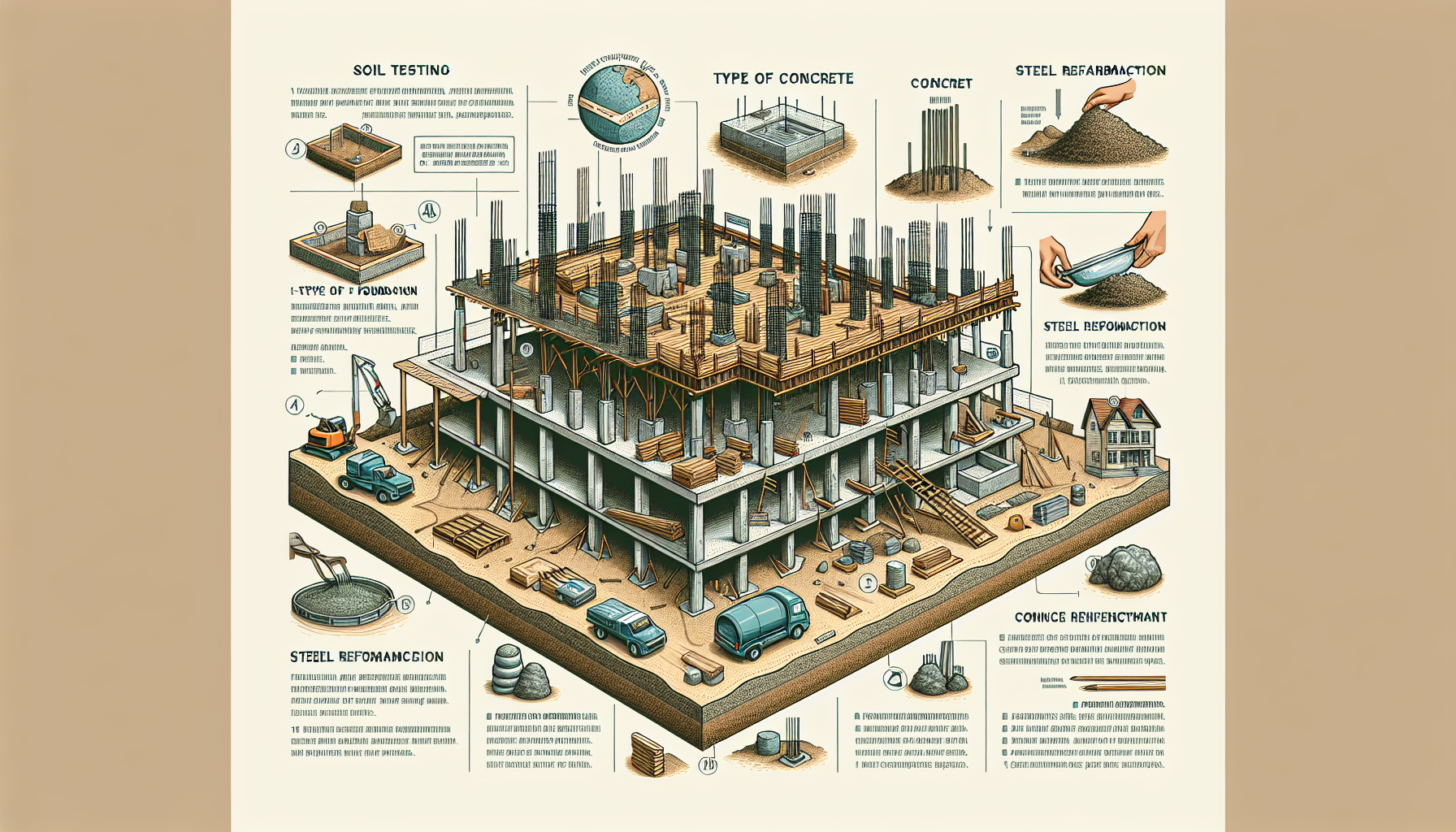
The foundation of any structure is its most critical component, serving as the platform upon which everything else is built. Integrity in this context refers to the foundation’s ability to remain solid and stable, ensuring the safety and longevity of the structure above it. The basics of ensuring foundation integrity involve a combination of good design, quality materials, proper construction practices, and regular maintenance.
Underpinning the importance of foundation integrity is the fact that a compromised foundation can lead to catastrophic structural failure, potentially resulting in significant financial loss, injury, or even loss of life. Therefore, understanding and maintaining the solidness of a building’s foundation is an essential skill for builders, engineers, and property owners alike.
Critical Factors in Foundation DesignTo ensure foundation integrity from the very beginning, certain critical factors must be considered during the design phase:
[LIST]
[*]Soil analysis: Before laying a foundation, it’s imperative to analyze the soil properties where the structure will be built. Different soil types have varying load-bearing capacities and responses to moisture.
[*]Load considerations: The intended use of the structure will determine the load the foundation must support. Residential homes, high-rise buildings, and industrial facilities all require different design specifications.
[*]Environmental factors: Elements such as climate, weather patterns, and the potential for natural disasters like earthquakes and floods must be taken into account to reinforce the foundation adequately against such events.
[*]Drainage: Proper drainage is crucial to prevent water accumulation around the foundation, which could lead to soil erosion or increased hydrostatic pressure.
[/LIST]
Once the foundation design is in place, the next step is choosing the right materials and adhering to high construction standards:
[LIST]
[*]Concrete quality: The concrete used in the foundation must be of high quality, with the right mix of components to ensure durability and strength. This includes using the appropriate grade of cement and aggregates, as well as additives where necessary.
[*]Reinforcement: In many cases, reinforcing the concrete with steel rebar or mesh will provide additional strength and help prevent cracking and shifting.
[*]Proper curing: After pouring the concrete, it must be allowed to cure properly to reach maximum strength. Rushing this process can compromise the foundation’s integrity.
[*]Workmanship: The skills of the workers laying the foundation are paramount. Trained professionals should be engaged to ensure that proper techniques are employed throughout the construction process.
[/LIST]
A foundation is not something you can simply ‘set and forget.’ Regular maintenance and inspections are essential to catch and address any issues before they become severe:
[LIST]
[*]Routine checks: Regularly checking for signs of foundation problems, such as cracks, shifting, or water damage, can help identify potential issues early on.
[*]Professional assessments: Engaging experts to conduct thorough inspections can provide peace of mind that the foundation remains sound, especially after extreme weather events or in older structures.
[*]Timely repairs: If a problem is detected, it’s crucial to repair it promptly to prevent further damage and maintain the integrity of the foundation.
[/LIST]
In conclusion, ensuring the structural solidity of a foundation is a multi-faceted endeavor that requires attention from the initial design phase through to ongoing maintenance. By understanding soil conditions, designing for load and environmental challenges, using quality materials, and engaging in good construction practices, the foundation integrity can be secured. Regular inspections and maintenance further underpin the longevity and safety of any structure. By following these foundational pillars, we can ensure that the structures erected stand the test of time and provide secure habitation or workspace for their intended life spans.







